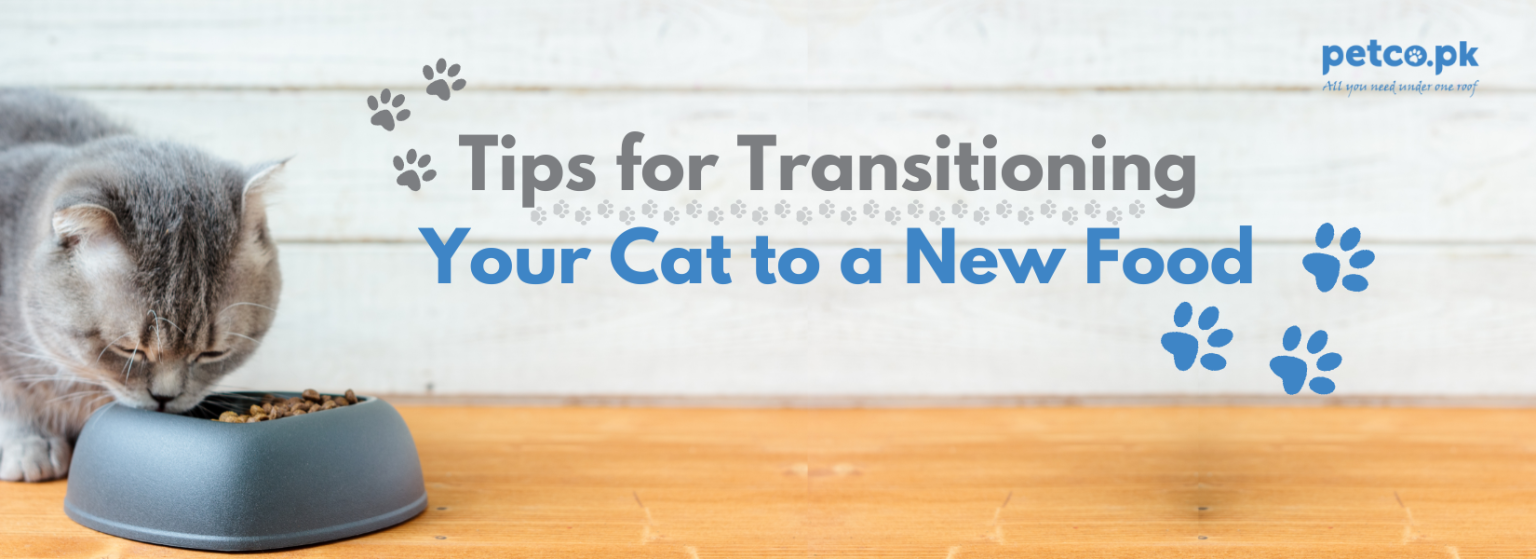Tips for Transitioning Your Cat to a New Food
Transitioning your cat to a new food can be a delicate process that requires patience and careful planning. Cats are known for their particular dietary preferences and sensitive digestive systems, so a sudden change in their diet can cause gastrointestinal upset, stress, and refusal to eat. Whether you are switching to a different brand, a new type of food, or addressing dietary needs due to health concerns, a gradual and well-managed transition is key to success. Here are some comprehensive tips to help you transition your cat to a new food smoothly and effectively.
Understanding the Need for Transitioning Cat Food
Before making any changes, it’s important to understand why you’re transitioning your cat to a new food. Common reasons include:
Health Issues: Your veterinarian might recommend a new diet due to allergies, digestive problems, or other health conditions.
Age-Related Changes: Kittens, adult cats, and senior cats have different nutritional needs.
Weight Management: If your cat is overweight or underweight, a new diet can help achieve a healthier weight.
Preference and Variety: Sometimes, you might want to provide your cat with more variety or better quality food.
Once you’ve identified the reason, consult with your veterinarian to choose the best new food for your cat’s specific needs.
Gradual Transition Plan
A gradual transition over 7 to 10 days is generally recommended to allow your cat’s digestive system to adjust to the new food. Here’s a step-by-step plan:
Days 1-2: Initial Introduction
Mix 75% old food with 25% new food. This small amount of new food allows your cat’s system to start adjusting without causing too much disruption.
Days 3-4: Increasing the New Food
Mix 50% old food with 50% new food. By gradually increasing the proportion of the new food, your cat’s digestive system can continue to adapt.
Days 5-6: More New, Less Old
Mix 25% old food with 75% new food. By this stage, your cat should be more accustomed to the new food’s taste and texture.
Days 7-10: Full Transition
Offer 100% new food. By now, your cat should be fully adjusted to the new diet. Monitor your cat closely for any signs of digestive upset, such as vomiting, diarrhea, or loss of appetite. If your cat experiences any of these symptoms, slow down the transition process.
Monitoring and Adjusting
During the transition, observe your cat’s behavior, appetite, and overall health. Keep an eye out for:
Appetite: Ensure your cat is eating the new food. If they refuse, slow down the transition or try mixing in a small amount of something they like (e.g., a bit of tuna juice or chicken broth).
Stool Quality: Changes in stool consistency or frequency can indicate how well your cat is adjusting to the new food.
Energy Levels: Monitor your cat’s activity levels. A sudden decrease in energy could indicate that the new food isn’t agreeing with them.
If any concerning signs persist, consult your veterinarian for advice.
Making the Food Appealing
Cats can be finicky eaters, and sometimes, they need a little encouragement to try something new. Here are a few tips to make the new food more appealing:
Warm It Up
Warming the food slightly can enhance its aroma and make it more enticing. Cats often prefer food that has a stronger smell, which warming can achieve.
Mix in Treats
Adding a small amount of a favorite treat or a bit of the old food can help. This can make the new food more familiar and appealing.
Texture Matters
Some cats prefer certain textures. Experiment with wet, dry, or a mix to see what your cat likes best. Sometimes a different texture can make all the difference.
Patience and Persistence
It may take several attempts before your cat accepts the new food. Be patient and keep trying. Gradual and consistent efforts usually pay off.
Addressing Common Challenges
Food Refusal
If your cat refuses to eat the new food, it may be a sign that the transition is too fast. Slow down the process and mix in smaller amounts of the new food.
Digestive Issues
Sudden changes can upset your cat’s stomach. Ensure the transition is gradual and consult your vet if issues persist. Adding a probiotic supplement can sometimes help ease digestive transitions.
Weight Loss
If your cat is losing weight, it may not be getting enough calories. Adjust portion sizes and monitor their intake. If necessary, consult your veterinarian for advice on how to ensure your cat is getting the right amount of food.
Nutritional Balance
Ensure the new food provides balanced nutrition suitable for your cat’s life stage and health needs. Look for food that meets AAFCO (Association of American Feed Control Officials) standards, which ensures the food is nutritionally complete and balanced.
Special Considerations
Kittens
Growing kittens require more protein and fat. Choose food formulated specifically for kittens. Their rapid growth and high energy levels mean they need a diet that supports development.
Senior Cats
Older cats may benefit from food with joint support and fewer calories. Senior formulas often contain nutrients like glucosamine and chondroitin for joint health, and fewer calories to help manage weight.
Medical Conditions
Cats with medical conditions may require prescription diets. Always follow your veterinarian’s recommendations. These diets are specifically formulated to manage or treat specific health issues.
Long-Term Success
Once the transition is complete, continue to monitor your cat’s health and well-being. Regular vet check-ups, a balanced diet, and plenty of water are crucial for maintaining your cat’s health. Be open to adjusting the diet as your cat’s needs change over time.
Conclusion
Transitioning your cat to a new food requires careful planning, patience, and observation. By following a gradual transition plan, making the food appealing, and addressing any challenges promptly, you can ensure a smooth changeover. Always prioritize your cat’s health and consult with your veterinarian to make the best dietary choices. With the right approach, your cat will enjoy their new food and thrive on a balanced, nutritious diet.



